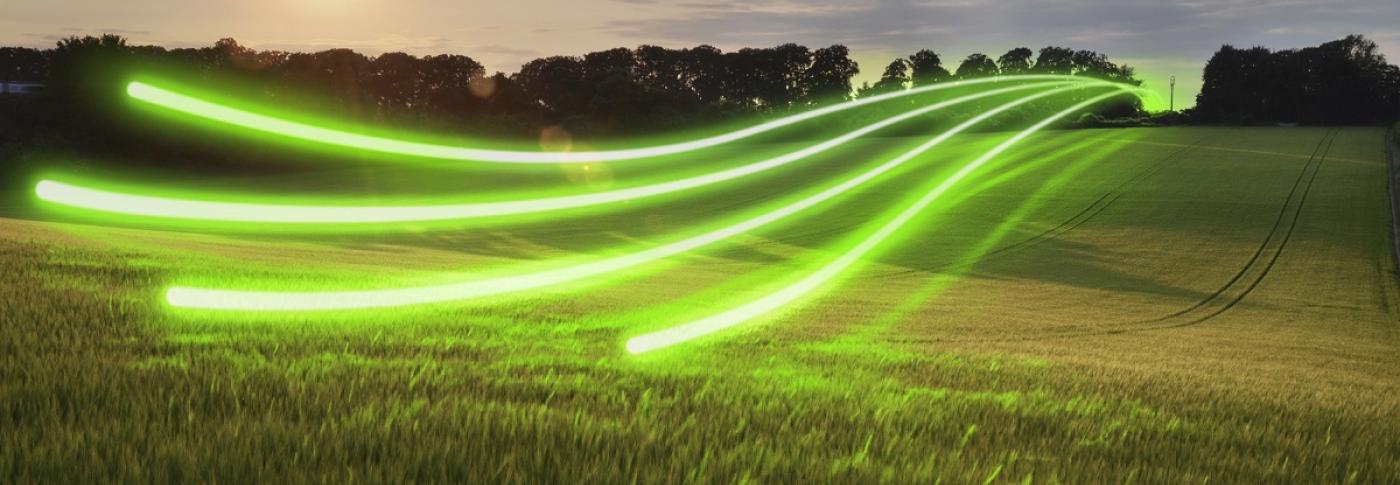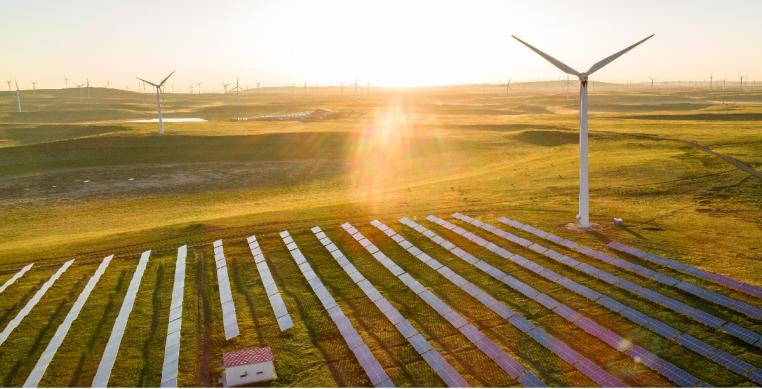The critical role of innovation in delivering a net zero…
27 Mar 2024 - 2 minute read

29 Mar 2020 - 3 minute read
Millions of people rely on us every day, and we want to reassure everyone that we have plans in place to keep the network working throughout the coronavirus outbreak.
However it’s important we continue to plan for the future and as National Grid ESO celebrates one year as a legally separate business, our director Fintan Slye explains the changes we're making to enable a zero carbon electricity grid.
Not long ago it would have seemed impossible, or at least a long way off. Just eight years ago coal was generating more than 40% of the UK’s electricity. However, things are changing, and fast. 2019 was the greenest year on record for our electricity, with the longest ever period ever without any coal generation at all in GB and record levels of wind and solar generation. Coal now makes up less than 3% of the mix, with all remaining UK plants to be shut by 2024. The progress is exciting, but the biggest change is yet to come – in just five years, when there is enough zero carbon generation available, we will be able to operate Great Britain’s electricity network without using any fossil fuels for electricity generation.
How will we get there?

The engineers in our control room ensure supply and demand are constantly in balance, and achieving this requires them to use generators, interconnectors, storage and flexible demand to ensure a constant and secure supply of electricity. The level of renewable power they have been able to draw on has been steadily increasing, with wind and solar power now regularly making up a significant proportion of this energy mix.
But there’s more to powering the country than just balancing supply and demand, a complex set of processes are involved in keeping the power system stable – ensuring secure and reliable operability in real-time. Currently those processes, the foundations of the electricity system, rely to some extent on the intrinsic nature of traditional fossil-fuelled generation.
Each little change means the grid is getting greener, and cheaper than the alternative option too, meaning savings are ultimately passed on to consumers
Over the past year we have begun transforming these foundations, designing new approaches. New technology means that as well as wind and solar providing power, they can also be used to manage key properties of electricity such as frequency and voltage. We’re also designing new commercial frameworks too, widening access to the electricity market and making it easier for smaller, renewable sources of power to play a role.
New technology and a more intelligent use of energy is also playing its part, with recent examples, particularly in electric vehicle charging, helping to shift patterns of domestic electricity demand to accommodate increased levels of renewable power. Each little change means the grid is getting greener, and cheaper than the alternative option too, meaning savings are ultimately passed on to consumers.
The transition to net zero
There’s no doubt a zero carbon grid is a stretching target, but it’s crucially important – and Great Britain is on course to be first in the world to transition there. Transforming the grid with these new, world leading approaches is an essential step on the UK’s transition to net zero.
Find out more about our zero carbon ambitions and how we're achieving them
Coronavirus and what it means for wider society will have significant impacts which will only be fully understood over time. However the progress towards decarbonisaton is exciting, with the transition to a zero carbon grid one example of the big changes needed to make net zero a reality. As work continues, and we look ahead to COP26 and beyond, we need to keep up the pace, ensuring industry, government and the regulator are working in partnership, solving the challenges that lie ahead.